Blood Pressure Monitor Clinical Validation Testing
Navigate complex regulatory requirements confidently with comprehensive blood pressure monitor clinical validation testing. Our turnkey solutions streamline your path to market through expert protocol design, diverse participant pools, and submission-ready data packages. With proprietary testing methods, committee-level regulatory expertise, and advanced technology, we deliver superior accuracy while reducing development time and providing hands-on guidance throughout.
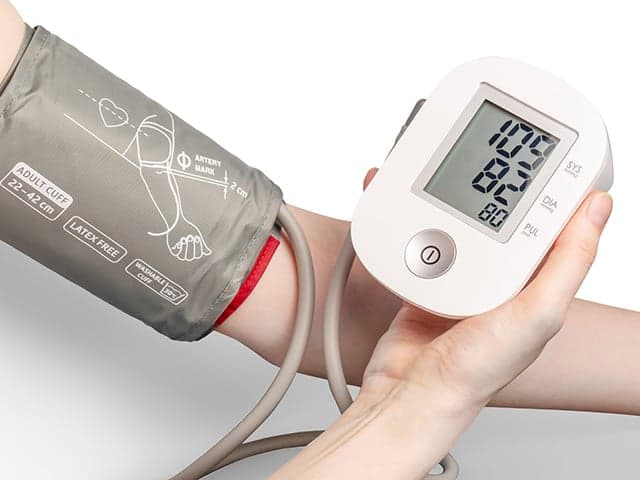
What is Blood Pressure Monitor Clinical Validation Testing?
Blood pressure monitor clinical validation testing evaluates the accuracy of blood pressure monitoring devices through human testing across various conditions and demographics. At Element, we provide both invasive arterial and non-invasive blood pressure testing services that meet ISO, IEEE, and FDA requirements for development testing and regulatory submissions.

What Can Element Offer You For Blood Pressure Monitor Clinical Validation Testing?
Products we test
Products we test
Element validates blood pressure monitoring devices used across healthcare and consumer settings. Our testing capabilities cover the full spectrum from medical-grade equipment to smart devices and wearables. We specialize in both traditional automated monitors and emerging technologies like cuffless blood pressure devices integrated into consumer electronics.
Key tests offered
Key tests offered
We deliver comprehensive validation testing tailored to your device specifications. Our testing encompasses invasive arterial monitoring at 100Hz frequency and non-invasive dual auscultation assessments. with specialized testing across a range of hypertension levels, body mass ranges, and age groups. Our protocols specifically track blood pressure changes as required by regulatory bodies to verify device accuracy across varied conditions.
Methods and solutions offered
Methods and solutions offered
Our turnkey approach streamlines your entire validation process from start to finish. We manage protocol design, IRB oversight, participant recruitment, and data analysis. We help you decipher complex study parameters and requirements through our active participation in the development of current standards. Our proprietary methods for blood pressure change induction accelerate data collection while maintaining rigorous compliance with all regulatory requirements.
Regulatory bodies require testing to verify a device’s ability to detect blood pressure changes. Element’s proprietary methods for inducing blood pressure changes ensure straightforward data collection across a variety of participants.
- For invasive data collection, we record arterial blood pressure waveforms and digital pressures at 100Hz. These waveforms and raw data are available upon request, along with other engineering data for development or final reports.
- For non-invasive data collection (dual auscultation), we compare data to our proprietary NIST-traceable digital reference sphygmomanometers. These offer more accurate reference measurements than traditional mercury manometers by eliminating common inaccuracies and providing visual and digital reference measurements.
Cutting-edge equipment we use
Cutting-edge equipment we use
Our testing infrastructure features proprietary NIST-traceable digital reference sphygmomanometers that deliver superior accuracy compared to traditional mercury manometers. High-frequency arterial monitoring systems capture detailed waveform data at 100Hz, providing comprehensive insights for development and validation.
Which labs offer this service
Which labs offer this service
Element Boulder specializes in clinical validation testing for medical devices and wearables. For more than three decades, we have proudly served as the premier clinical testing and regulatory validation partner to the medical device, wearables and consumer electronic industries.
Expert regulatory guidance
Standards we test to and products we test
- ISO 81060-2: Non-invasive sphygmomanometers — Part 2: Clinical investigation of intermittent automated measurement type
- IEEE 1708: Standard for Wearable Cuffless Blood Pressure Measuring Devices
- FDA Guidance Document - Non-Invasive Blood Pressure (NIBP) Monitor Guidance
- FDA Guidance Document - Non-Automated Sphygmomanometer (Blood Pressure Cuff) Guidance - Version 1 - Guidance for Industry
We follow all FDA consensus guidelines for blood pressure devices.
- Automated blood pressure monitors
- Wearable cuffless blood pressure devices
- Smart device integrated BP monitors
- Non-automated sphygmomanometers
- Medical-grade blood pressure equipment
Your Challenges, Our Solutions
Complex regulations
Comprehensive demographics requirements
Robust data needed for submission
Study management workload
Why Choose Element

Industry leadership
Advanced technology
Complete solution
Proven experience
Related services

Medical Device Testing Services
With Element as your medical device testing partner, you’ll enjoy the benefit of a single comprehensive supplier across feasibility, R&D and prototype trials, through product development, regulatory validation and production quality control.

Medical Device Regulatory Services
Element offers expert medical device regulatory consulting, guiding you through design, risk analysis, and FDA submissions for efficient product approval.
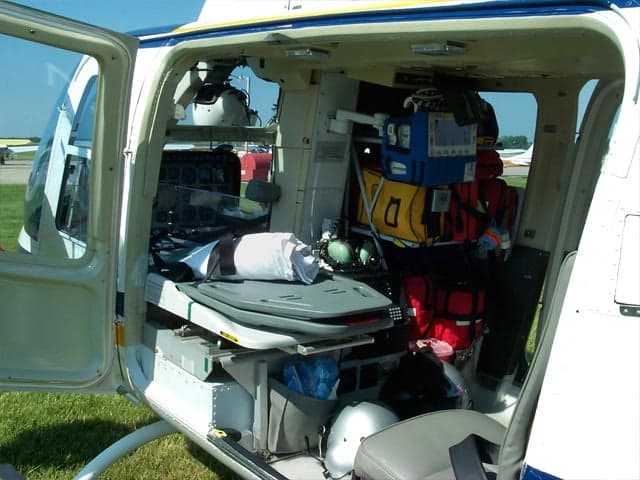
Medical Device EMC Testing
Element provides EMC testing and certification for Class I-III medical devices, helping manufacturers meet global regulatory standards and accelerate market entry with expert guidance and accredited laboratories.
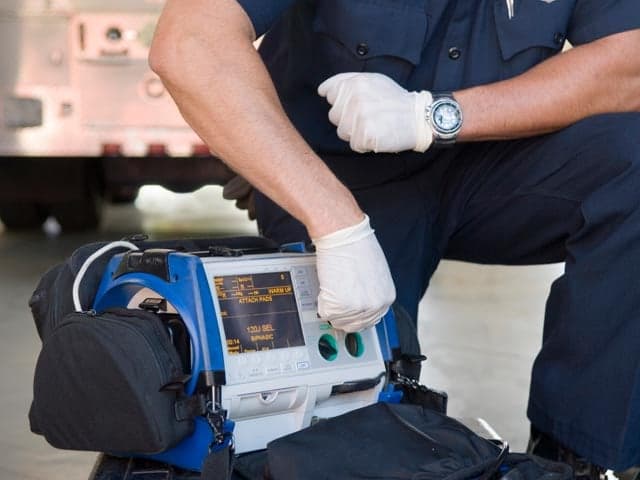
Battery Safety Testing for Medical Devices
Battery safety testing for medical devices, assessing performance, reliability, and compliance with international standards to support safe use in healthcare settings.

Clinical Validation Testing
Element delivers comprehensive clinical validation testing for medical devices and wearables, managing study design, recruitment, testing, and data analysis. Our complete solutions help overcome regulatory challenges and accelerate product development.
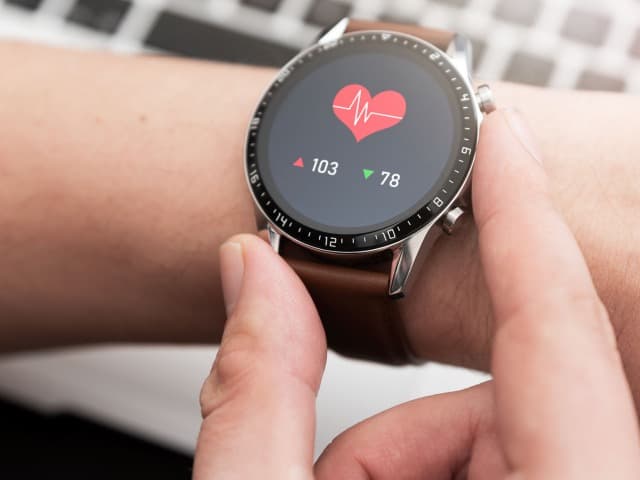
Heart Rate Monitor Device Validation
Element provides clinical validation testing for heart rate monitors using human and simulator data, meeting regulatory standards while delivering accurate performance. Their expert guidance addresses key accuracy challenges.

Human Factors and Usability Testing
Element's human factors and usability testing simulates real-world device use to reveal user errors and optimize performance. The service supports FDA guidelines and enhances overall device safety and effectiveness.

Pulse Oximeter Validation Testing
Element's pulse oximeter clinical validation service provides comprehensive human testing that delivers real-world, high-quality data to support regulatory submissions and significantly optimize device performance across diverse clinical settings with precision.

Respiratory Rate Monitor Clinical Validation Testing
Element offers expert-led respiratory rate monitor clinical validation testing, covering protocol design, participant recruitment, and regulatory-ready reports for streamlined submissions.
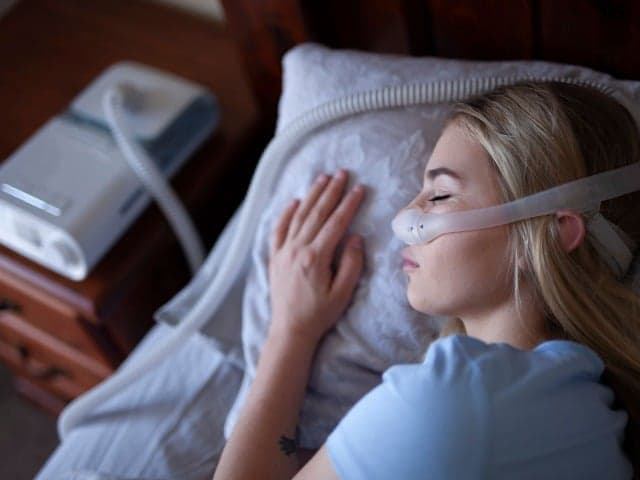
Sleep Monitoring Device Validation
Element provides clinical validation testing for sleep monitoring devices, supporting regulatory submissions and optimising device safety through expert-led data analysis and participant studies.
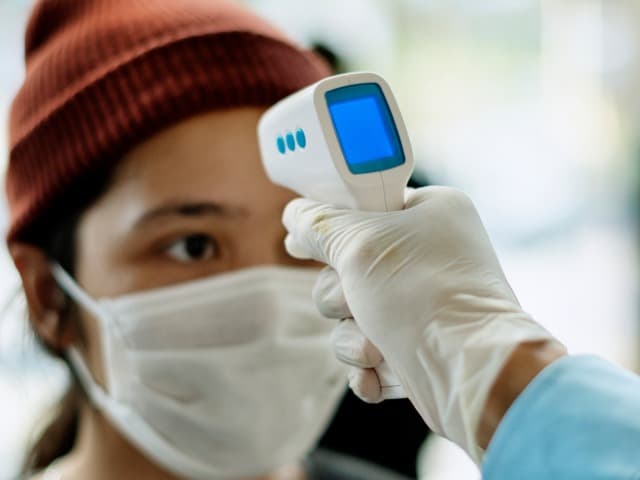
Temperature Monitoring Device Clinical Validation Testing
Element offers expert clinical validation testing for temperature monitoring devices, supporting regulatory requirements and fast-tracking your product to market with comprehensive study management.
- Medical Device Testing Services
- Medical Device Regulatory Services
- Medical Device EMC Testing
- Battery Safety Testing for Medical Devices
- Clinical Validation Testing
- Heart Rate Monitor Device Validation
- Human Factors and Usability Testing
- Pulse Oximeter Validation Testing
- Respiratory Rate Monitor Clinical Validation Testing
- Sleep Monitoring Device Validation
- Temperature Monitoring Device Clinical Validation Testing
